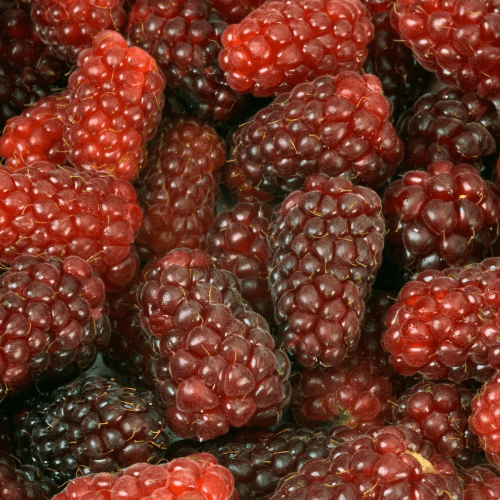Position
Plant Peter Pepper chilli plants in a location that receives full sun, which means at least 6-8 hours of direct sunlight daily.
Adequate sunlight helps in the production of flavourful and hot peppers.
Soil Requirements
Use well-draining soil with a pH level between 6.0 and 7.0. Sandy loam or loamy soil enriched with organic matter is ideal.
Good drainage is crucial to prevent waterlogged conditions, which can lead to root rot.
Watering:
Keep the soil evenly moist but not waterlogged. Water deeply when the top inch of soil feels dry.
Avoid overhead watering to reduce the risk of fungal diseases. Use a soaker hose or drip irrigation if possible.
Fertilising:
Fertilise Peter Peppers with a balanced fertiliser (10-10-10) monthly during the growing season
Alternatively, use our slow-release all-plant fertiliser. Apply one teaspoon every 4-5 months. The roots will absorb what they need.
Support and Pruning
Support the plants as they grow, especially once they start producing peppers. Stake or cage the plants to prevent them from bending or breaking under the weight of the fruit.
Prune the plants sparingly, if needed, to improve air circulation and manage the size, but avoid excessive pruning that may reduce fruit production.
Pest and Disease Management:
Monitor for common pests such as aphids, spider mites, and pepper weevils. Watch for signs of diseases like bacterial leaf spot or powdery mildew. Ensure good air circulation and avoid overhead watering to minimize disease risk.
Spraying with agricultural Neem Oil or Effective Microorganisms (EM Control ) will assist in either prevention or after the fact. If you already have aphids or mites, wash the vine with a harsh hosing, and when dry, spray with Neem oil or EM Control.
Harvesting
Depending on growing conditions, Peter Pepper chilli mature 75-90 days after planting.
Harvest peppers when they reach full size and colour. For the best flavour, allow them to ripen fully on the plant.






